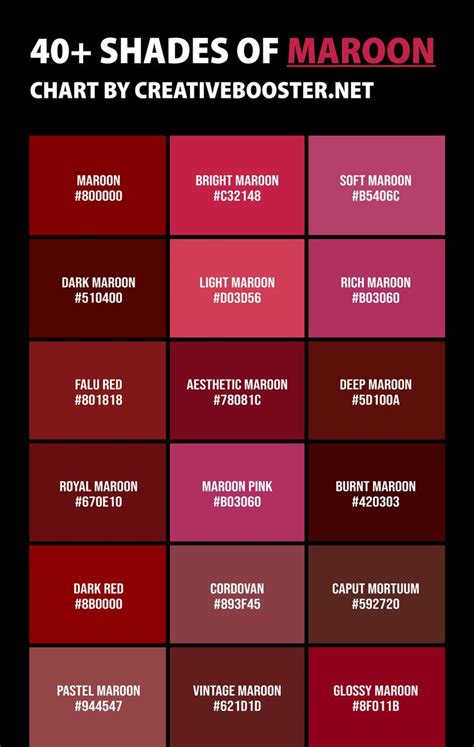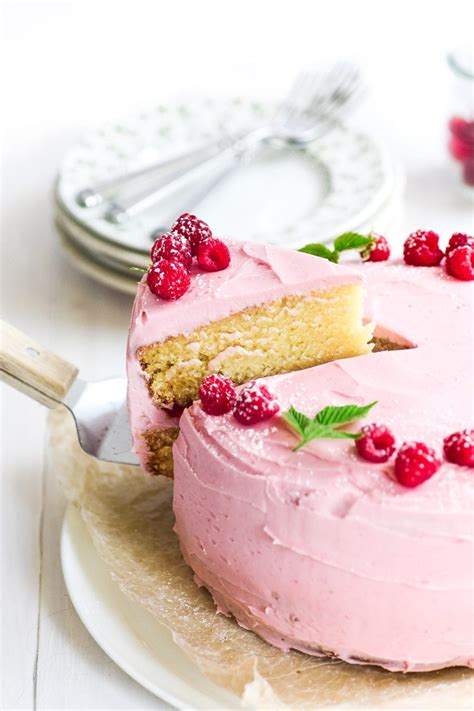A Celebration of Raspberry Pink
Raspberry pink, a delectable shade that evokes the sweet taste and vibrant hue of raspberries, has captured hearts and inspired creativity for centuries. This captivating color has been used to adorn everything from fashion to food, and its allure continues to grow.

Historical Significance
The origins of raspberry pink can be traced back to the early 19th century. In 1806, the French chemist Michel Eugène Chevreul discovers the color in a natural dye extracted from raspberries. The pigment, known as “raspberry ketone,” was quickly adopted by the textile industry to create vibrant and long-lasting fabrics.
Color Psychology
Raspberry pink is associated with several positive emotions, including:
- Joy and happiness
- Love and romance
- Playfulness and energy
- Femininity and sweetness
Applications in Design
The versatility of raspberry pink makes it a popular choice for a wide range of design applications:
Interior Design: This warm and inviting shade adds a touch of sweetness to bedrooms, living rooms, and kitchens. It pairs well with neutrals, whites, and grays.
Fashion: Raspberry pink is a flattering color for all skin tones, making it a popular choice for clothing, accessories, and shoes.
Food and Beverage: The vibrant hue of raspberry pink evokes the deliciousness of raspberries, making it a popular choice for packaging, menu items, and cocktails.
Health Benefits and Applications
Beyond its aesthetic appeal, raspberry pink also offers potential health benefits:
- Antioxidant Properties: Raspberries contain high levels of antioxidants, which can help protect against cellular damage.
- Anti-Inflammatory Properties: Raspberries have anti-inflammatory properties that may help reduce inflammation throughout the body.
- Cardiovascular Health: Studies suggest that raspberries may support cardiovascular health by reducing blood pressure and improving cholesterol levels.
Raspberry Pink in the Future
The popularity of raspberry pink is expected to continue growing in the future. As consumers seek out more vibrant and cheerful colors, this sweet and inviting shade is likely to become even more prevalent in design, fashion, and food.
Personal Use
- Paint an accent wall in your bedroom or living room.
- Add raspberry pink throw pillows or blankets to your couch.
- Purchase a raspberry pink dress or blouse.
- Choose raspberry pink nail polish or lipstick.
- Decorate your kitchen with raspberry pink appliances or cookware.
Business Use
- Use raspberry pink for your company logo or branding.
- Design marketing materials with a raspberry pink color scheme.
- Offer raspberry pink products or services.
- Host a raspberry pink-themed event.
- Create a raspberry pink website or social media page.
Raspberry Pink in Architecture
Designers are using raspberry pink to create eye-catching architectural structures. Examples include the Pink House in Santa Monica, California, and the Raspberry Ripple House in Sydney, Australia.
Raspberry Pink in Food Technology
Researchers are developing raspberry pink-colored foods using natural pigments. These foods offer not only a vibrant appearance but also potential health benefits.
Raspberry Pink in the Medical Field
Surgeons use raspberry pink dyes to enhance visibility during surgeries. This helps them distinguish between different tissues and reduce the risk of complications.
Raspberry Pink in the Automotive Industry
Automakers are introducing raspberry pink cars as a stylish and eye-catching alternative to traditional colors.
Raspberry Pink in Wearable Technology
Raspberry pink is becoming increasingly popular in wearable technology devices, such as smartwatches and fitness trackers. Its vibrant hue adds a touch of fun and fashion to health and technology.
Global Raspberry Pink Market Size
According to a report by Allied Market Research, the global raspberry pink market is projected to reach $4.5 billion by 2028, growing at a CAGR of 5.3% from 2021 to 2028.
Key Market Trends
- Rising demand for vibrant and unique colors
- Growing popularity of raspberry pink in interior design
- Increasing use of raspberry pink in fashion and accessories
- Development of raspberry pink-colored food products
- Emergence of raspberry pink in new applications, such as wearable technology
Major Market Players
The leading players in the raspberry pink market include:
- DuPont
- BASF
- Clariant
- Huntsman Corporation
- DIC Corporation
Challenges
- Limited availability of natural raspberry pink pigments
- High cost of production
- Competition from other vibrant colors
Opportunities
- Growing demand for sustainable and eco-friendly products
- Increasing use of raspberry pink in new applications
- Potential for innovation in raspberry pink-colored products
Factors to Consider
- Intended application
- Desired color intensity
- Light source
- Surroundings
Tips
- Choose a raspberry pink that complements the color scheme of your space.
- Test the color in different lighting conditions to ensure it achieves the desired effect.
- Consider the durability and maintenance requirements of the raspberry pink.
The versatility and appeal of raspberry pink make it a timeless color. Whether used in fashion, design, or food, this captivating shade brings a touch of sweetness, energy, and joy to any setting.
